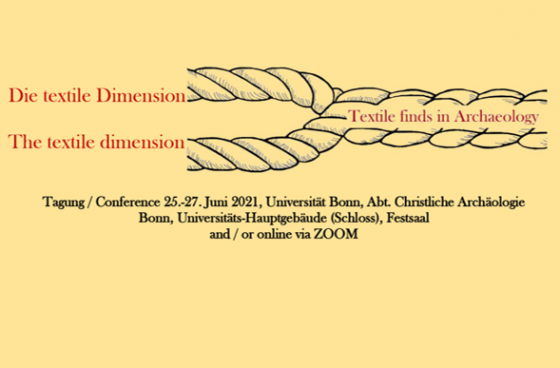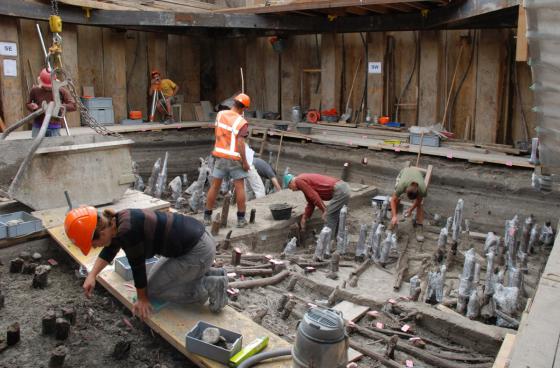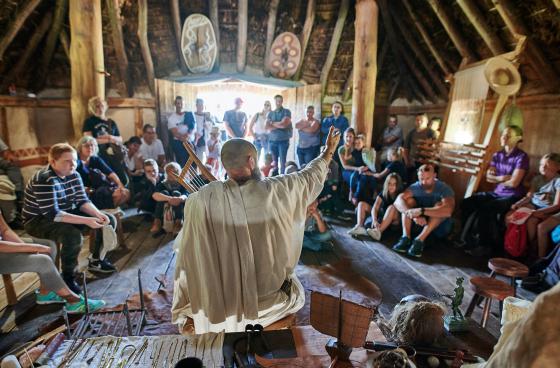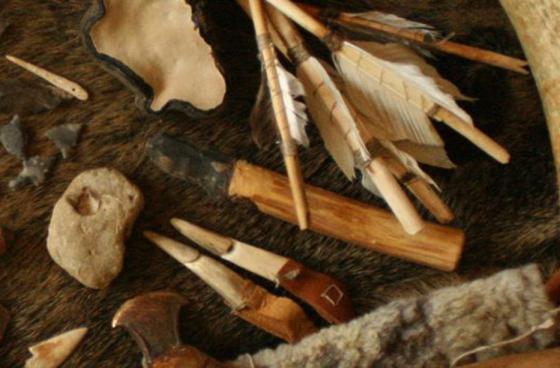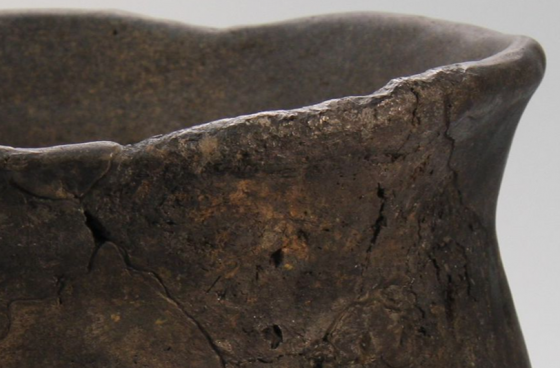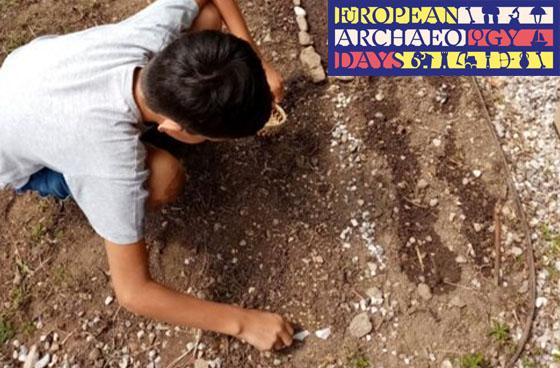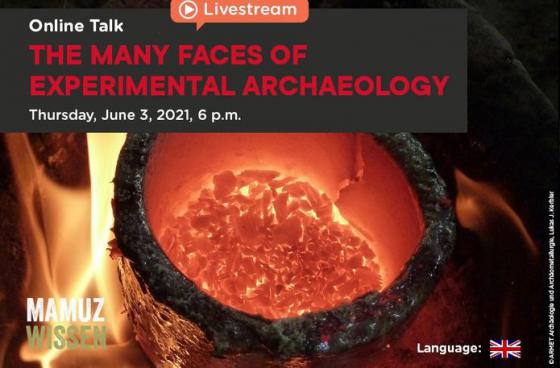Neolithic
The Textile Dimension - Textile Finds in Archaeology
Country
- Germany
A conference on early archaeological textiles, starting from the Neolithic and running until the Early Middle Ages, organized by Department of Christian Archeology at the University of Bonn.
You can find the program in PDF format here.
Anniversary:10 years UNESCO World Heritage Site of prehistoric pile dwellings around the Alps
Country
- Switzerland
For the anniversary «10 years UNESCO World Heritage Site of prehistoric pile dwellings around the Alps» we are going to the lake together with the Office for Monument Preservation and Archeology. At the Zuger Landsgemeindeplatz we provide information about the world heritage and the pile dwelling.
Fêtes Préhistoriques
Country
- France
Animations, reconstructions and archaeological experiments in connection with the evolution of artisanal techniques.
South West Bushcraft & Outdoor Show
Country
- United Kingdom
2021 sees the first South West Bushcraft & Outdoor Show!
Promoting traditional crafts, primitive skills and bushcraft. Journey back in time by visiting our Anglo Saxon woodland farmstead, where you can witness and try your hand at an array of different traditional skills and crafts to understand how our ancestor's lived off the land.
EAD21 in the Latvian Archaeological Club
Country
- Latvia
In 2021, the Latvian Archaeological Club will participate in the European Archeology Days for the second year, this year one day - on June 19. Within the framework of the event, various prehistoric skills workshops, demonstrations, lectures will take place.
Program:
All-rounder Raffia
Country
- Germany
So inconspicuous and yet so versatile: Boxes and baskets, ropes and nets, coats and shoes are just a small selection of the things that were made from raffia around 6000 years ago.
Flevoland
Country
- the Netherlands
Flevoland occupies a special place in archaeology.
EAD22 at Parco Archeologico Didattico del Livelet
Country
- Italy
___Saturday June 18th
The Many Faces of Experimental Archaeology
Country
- Austria
Experimental archaeology combines scientific research methodology with traditional craftsmanship, public relations and community building. Matilda Siebrecht (PhD Student at the University of Groningen and host of the podcast series 'The EXARC Show') and Franz Pieler discuss the opportunities of experimental archaeology as a research approach.

